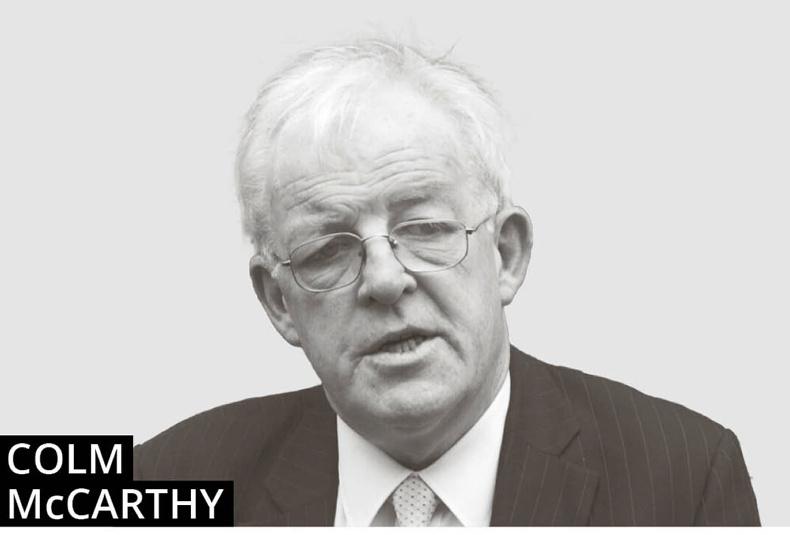Irish Rail chair Frank Allen argued at the Oireachtas Transport Committee late last year that the company needed over €100m annually to maintain its network, which has been absorbing substantial public investment in recent decades for new rolling stock, station improvements, signalling and track upgrades. This would be in addition to the annual losses incurred: in total, Irish Rail has been costing the public purse about €300m in current and capital subvention and remunerates almost none of the debt corresponding to its €2bn balance sheet.
Outside of the Dublin suburban services, passenger volumes are low, the network is extensive and heavy operating costs are not offset by revenue from fare payments. Total passenger numbers have recovered from the recession-lows these last few years, but are inadequate to justify major investment even on the busier routes. Those seeking to justify rail subsidies by reference to ‘taking trucks off the road’, once a constant refrain, have lost the argument in the harsh world of practical reality. Figure 1 shows that rail freight has virtually disappeared in Ireland.

Of the 581,000t/year (equals only about 1,600t/day) carried in 2016, almost 60% consisted of ore moving the short distance from Tara Mines near Navan to the port of Dublin. Somewhere else in Ireland the remainder, about 700t/day, is being ferried around by rail. Put that lot in a few dozen trucks and nobody could possibly notice, except perhaps the taxpayers.
Ireland is simply too small, and the distances too short, to make commercial sense of rail freight. There are commercially successful rail freight companies in some big countries like the USA and Russia, and in continental Europe, but Ireland does not fit the bill. Unfortunately, Irish Rail continued to buy locomotives long after the freight decline became obvious – there is no need for locomotives in a passenger-only system where railcars are preferable and this is now the policy. But mistakes were made on rolling stock purchases when it should have been evident that freight was a dying duck.
Some rail enthusiasts (and over-optimistic environmentalists) continue to argue that freight can somehow be diverted from road to rail, notwithstanding the absence of evidence.
But what about passenger services outside the cities? Irish Rail carries around 10m passengers per annum on inter-urban routes but the DART and suburban rail services around Dublin carry three times these numbers. The city bus service in Cork caters for more passenger journeys each year than Irish Rail’s entire inter-urban network.
Competitors
Irish Rail’s most direct competitors on inter-urban routes are the Expressway services of Bus Éireann and the various private bus companies that offer scheduled services, including Aircoach, JJ Kavanagh, Wexford Bus and many others. The bus companies, public and private, between them carry about three times the passenger numbers attracted to Irish Rail’s corresponding services. The busiest rail routes attract the greatest bus competition and the motorway network has made buses as quick, or close to it, as the rail timetable. They are unsubsidised and can still charge lower fares.
Importantly the buses are super-competitive on frequency. On the Galway-Dublin route three different bus companies offer 56 departures per day and a journey time of 2 hours and 30 minutes, for fares around €13. Irish Rail offers nine services, journey time 2 hours and 20 minutes and fares almost three times the bus. Unless 10 minutes on a trip from Galway to Dublin really matters to you, the bus wins hands down on both frequency and cost. The other Dublin-destined routes are getting to be just as competitive and the outlook for train services which connect pairs of provincial locations is dire. Most stations on the Waterford to Limerick Junction line attract just a handful of passengers per day, as do several stations between Limerick and Ballybrophy and on the line, opened in 2010 at a capital cost of €106m, between Ennis and Athenry.
There have been proposals in the recent rail review to close some of the routes which cannot attract significant passenger volumes. Aside from the suburban routes in Dublin and Cork, passenger railways in Ireland are simply uncompetitive with buses, and the freight business has almost expired.






 This is a subscriber-only article
This is a subscriber-only article









SHARING OPTIONS: